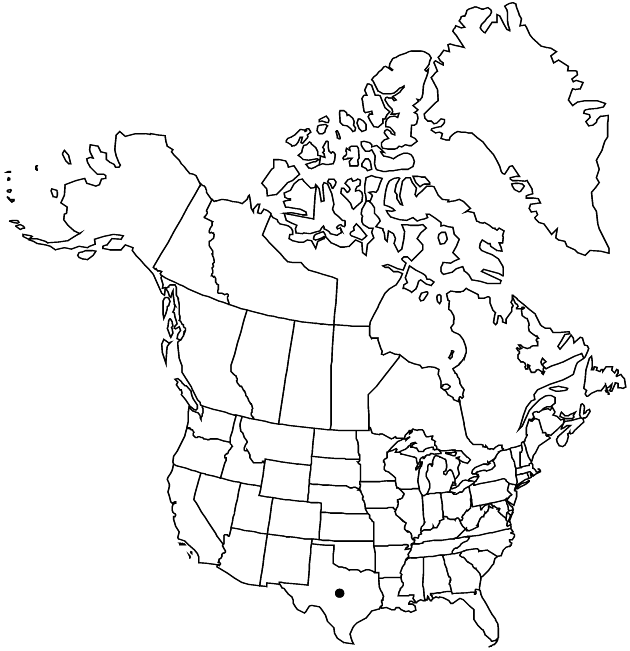Grindelia oölepis
Proc. Biol. Soc. Wash. 41: 139. 1928.
Perennials, 15–35 (–55) cm. Stems decumbent to ascending (from rhizomes), dull green, mostly glabrous, sometimes distally puberulous. Cauline leaf-blades lanceolate-oblong or lanceolate to oblanceolate or linear, 10–60 mm (smaller distally), lengths 5–10 times widths, bases ± clasping, margins denticulate (teeth apiculate) or entire, apices acute, faces glabrous or puberulous to scabridulous, little, if at all, gland-dotted. Heads borne singly. Involucres hemispheric to campanulate, 6–9 × 8–14 mm. Phyllaries in 4–5+ series, slightly spreading to appressed, lanceolate to oblong or ovate, apices slightly recurved or ± straight, rounded to acute, slightly, if at all, resinous. Ray-florets 0. Cypselae stramineous or yellowbrown, 2–3 mm, apices smooth or ± coronate, faces smooth or ± rugose; pappi of 1–2, ± straight, smooth, setiform awns or subulate scales 4–4.5 mm, shorter than disc corollas. 2n = 12.
Phenology: Flowering (May–)Sep–Dec.
Habitat: Black, "gumbo" clay soils
Elevation: 0–20 m
Discussion
Grindelia oölepis is expected in Mexico (Nuevo León, Tamaulipas).
Selected References
None.
